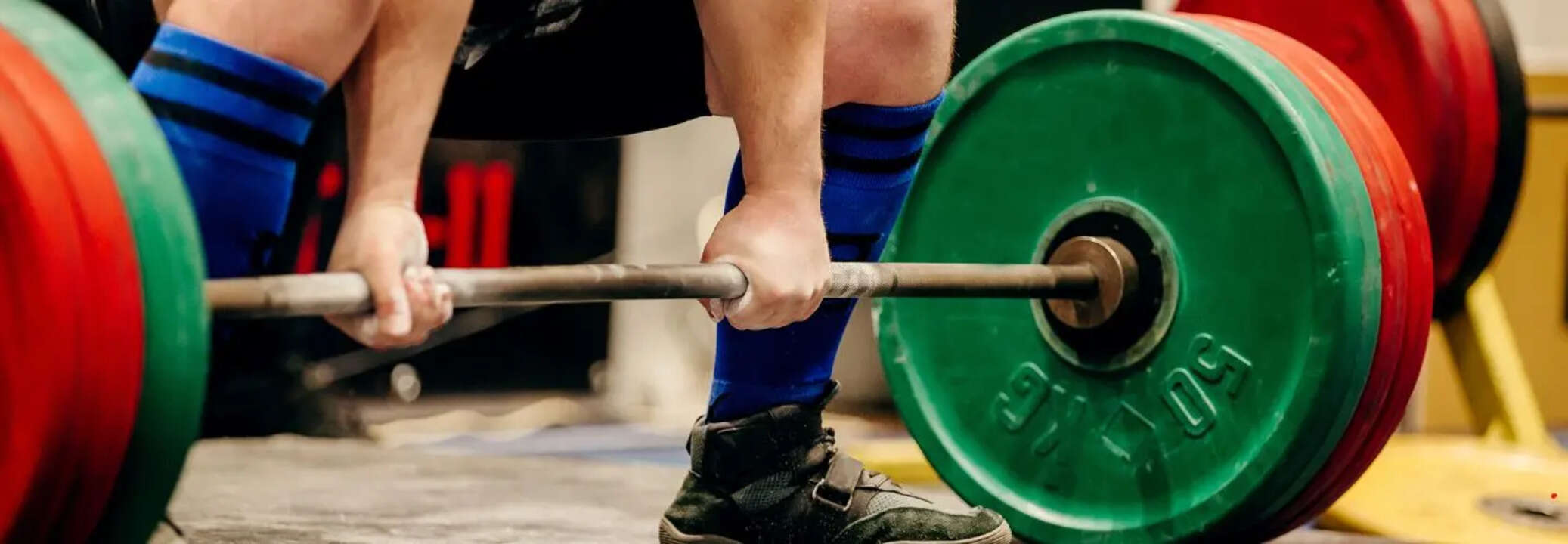Fitness: What Is The Difference Between Powerlifting And Bodybuilding?

Credit: Canva
SummaryPowerlifting training is designed to enhance maximal strength while bodybuilding is more focussed towards sculpting the body. Regardless, both forms of exercise are excellent for cardiovascular health.
End of Article
